Villaricos a small fishing village on the Costa Almeria in Andalucia, Spain was once the centre of a 'silver rush'
By Nick Nutter | Updated 21 Mar 2023 | Almería | Villages |
Login to add to YOUR Favourites or Read Later
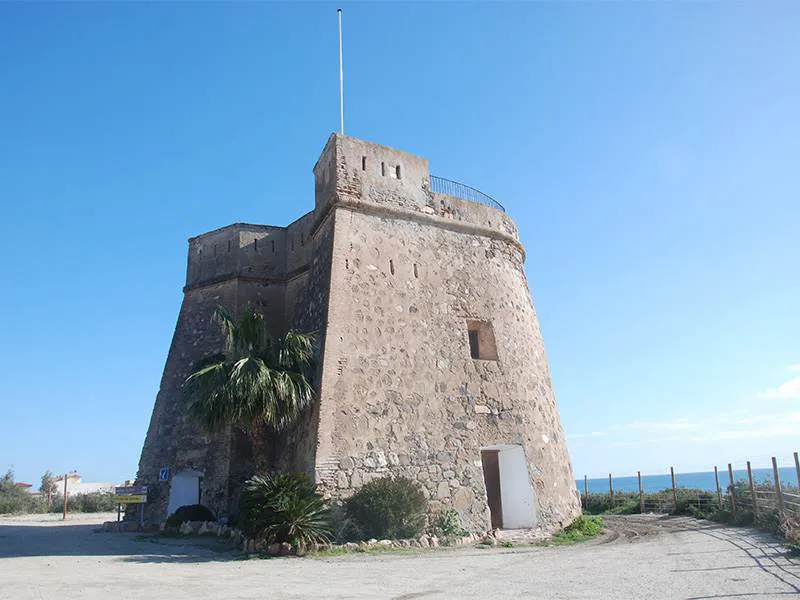
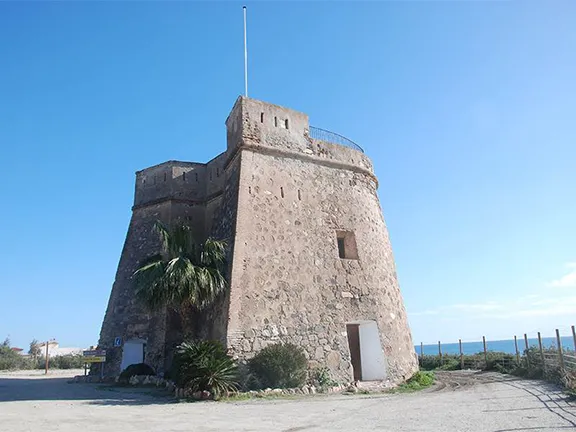
Torre de Cristal
During the 19th century, Villaricos had a population at least five times that of today. The town was built on silver, the same silver that Hannibal used to pay his armies to march on Rome. Today, with a resident population of fewer than 700 (2020), Villaricos is redefining itself as a holiday destination on the Costa Almería.
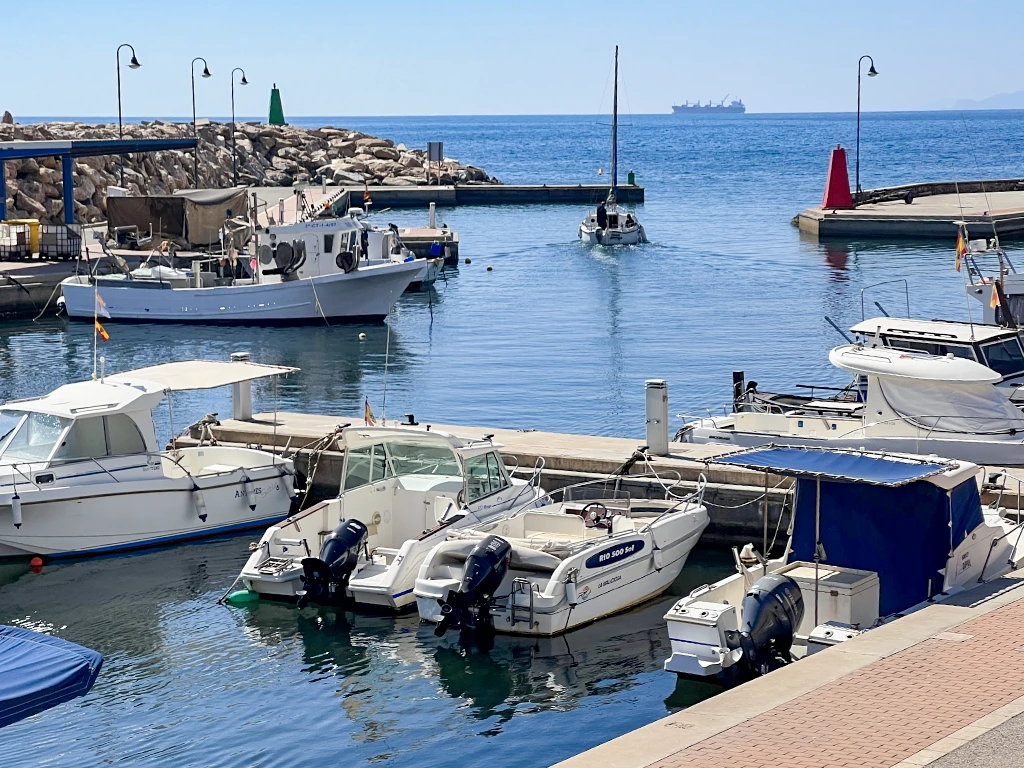
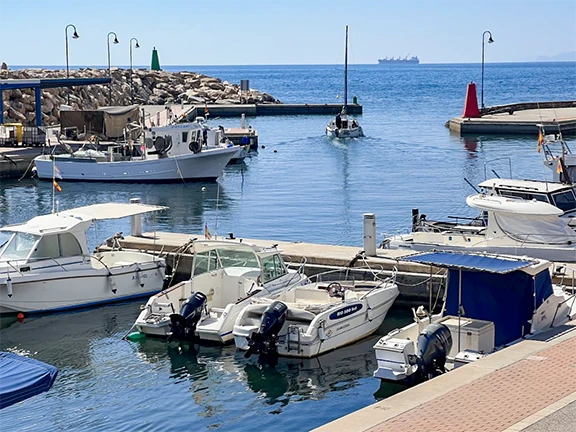
Puerto Esperanza
The story of Villaricos starts back in the Phoenician period. Iberians, native to the area, had already been mining lead from the surrounding Sierra Almagrera mountains, a small range that runs for 8 kilometres northeast from Villaricos. The lead ore also contained silver and it was this metal that made it so attractive to the Phoenicians who established a settlement at the mouth of the Rio Almanzora. Mining in the area really took off when the Romans arrived, they valued the lead and the silver, and they called the settlement Baria.
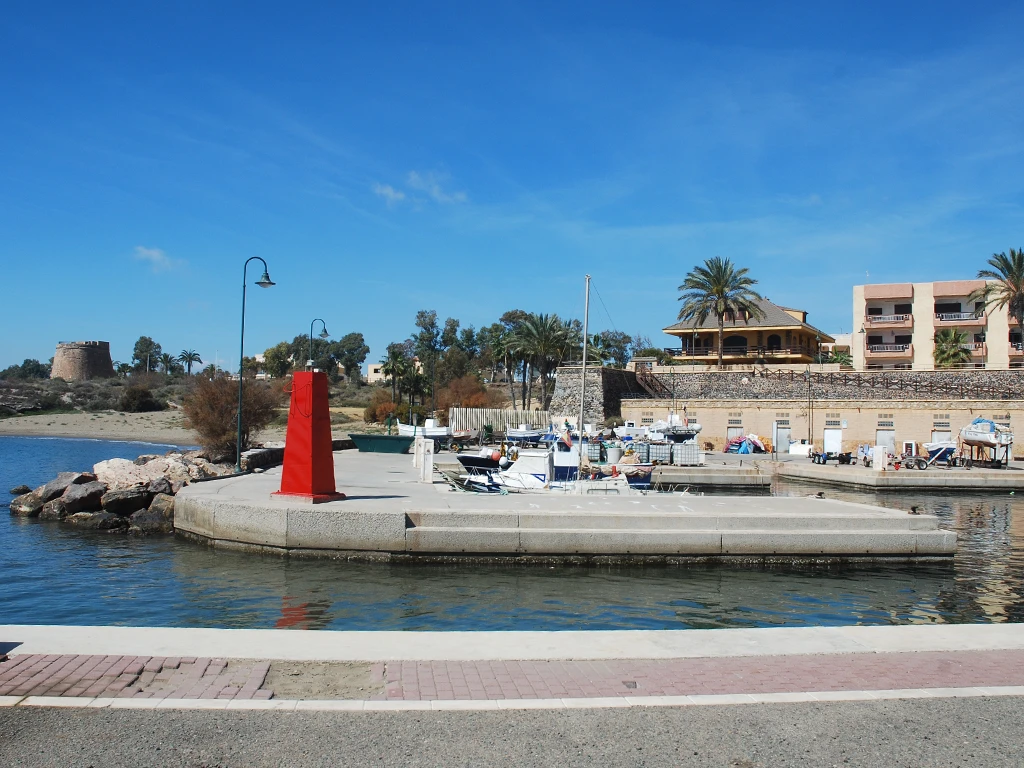
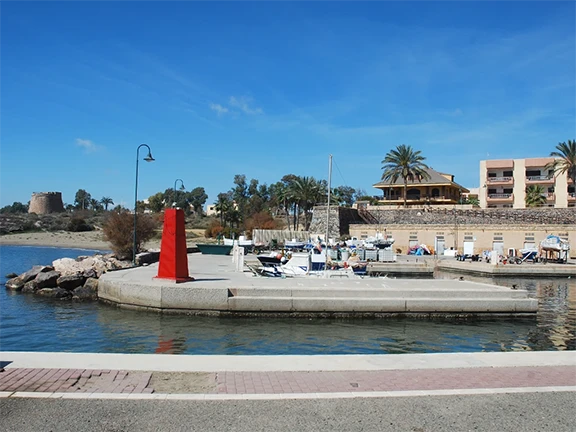
Puerto Balsica
The fish processing area and the Phoenician-Roman settlement are in the vicinity of Torre de Cristal, both are overgrown or beneath the present town, with nothing to see. The necropolis is just inland from the settlement and that is open Tuesdays, Thursdays and Saturdays.
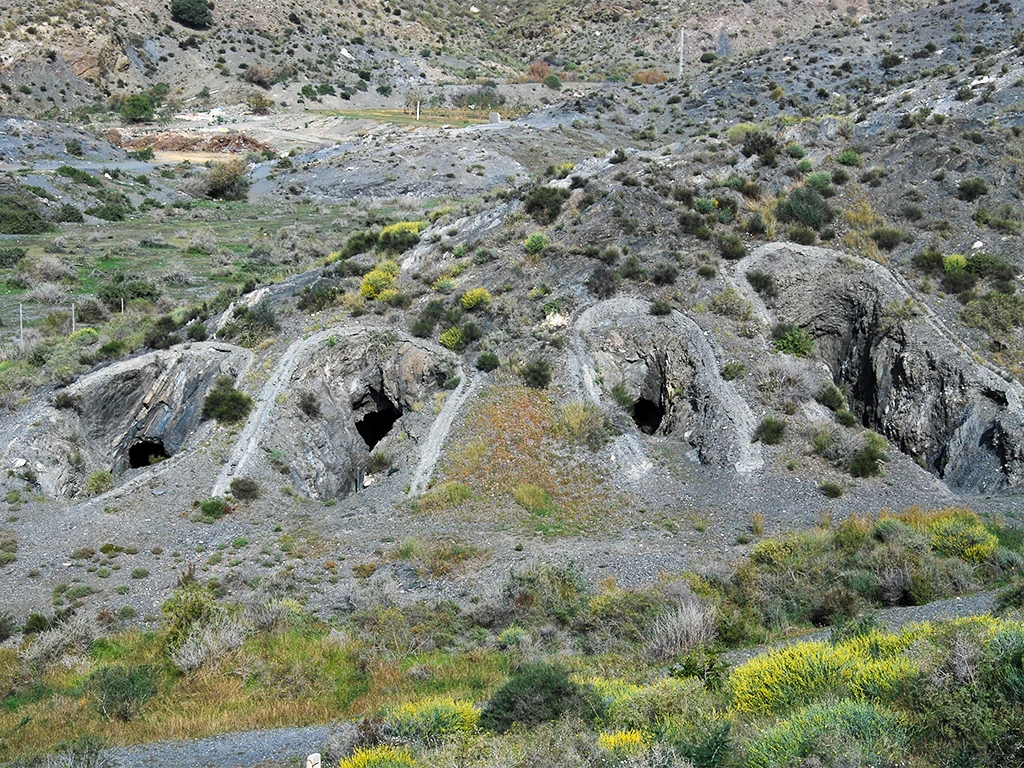
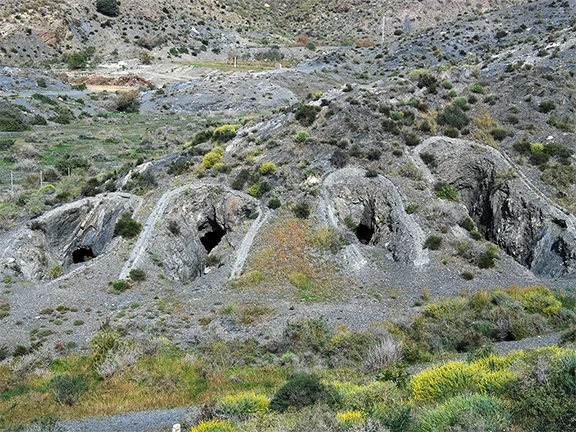
Necropolis Fenicia
After the Romans left there seems to have been little activity at Baria. It resorted to being a fishing village. The only sign that the Muslim period had any impact is a watchtower that now stands derelict above the village.
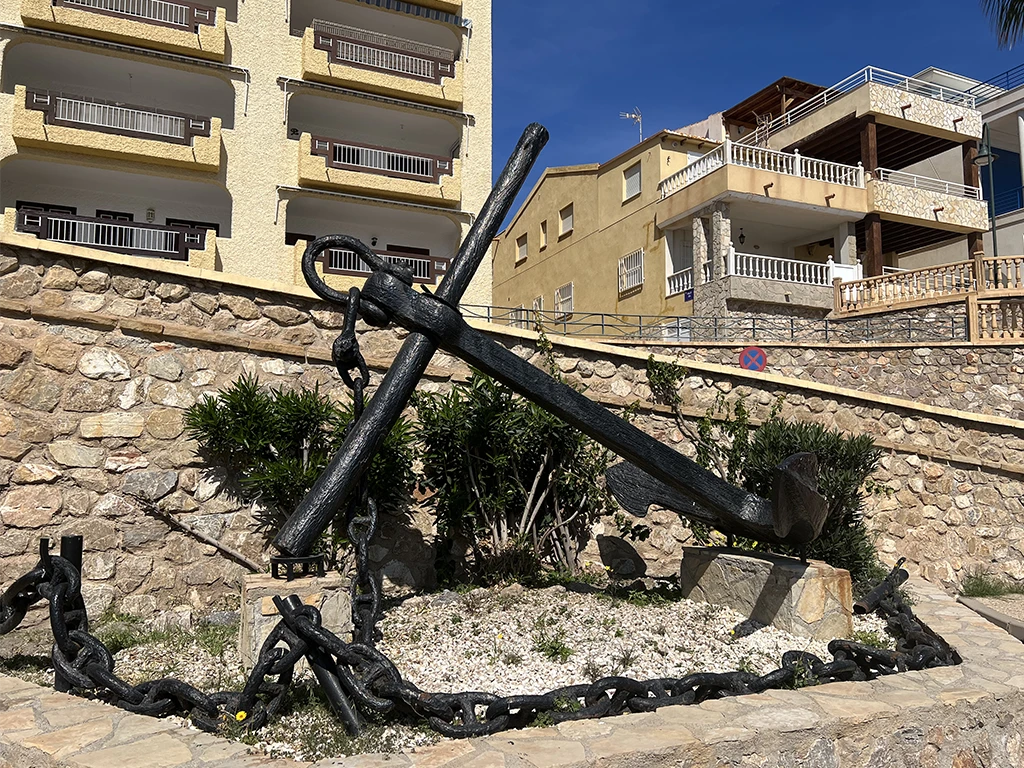
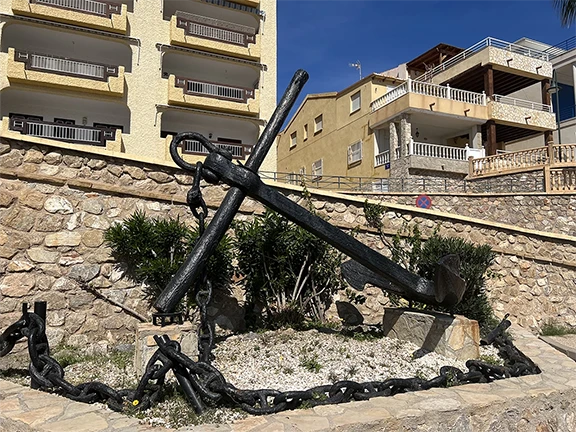
Villaricos
In the 19th century, this peaceful scene was shattered after argentiferous lead ores were rediscovered nearby. The ‘Silver Rush’ that followed saw the mines at Villaricos named on stock exchanges throughout Europe. Flues from the smelters located on the coast near Villaricos can still be seen snaking up the hillsides.
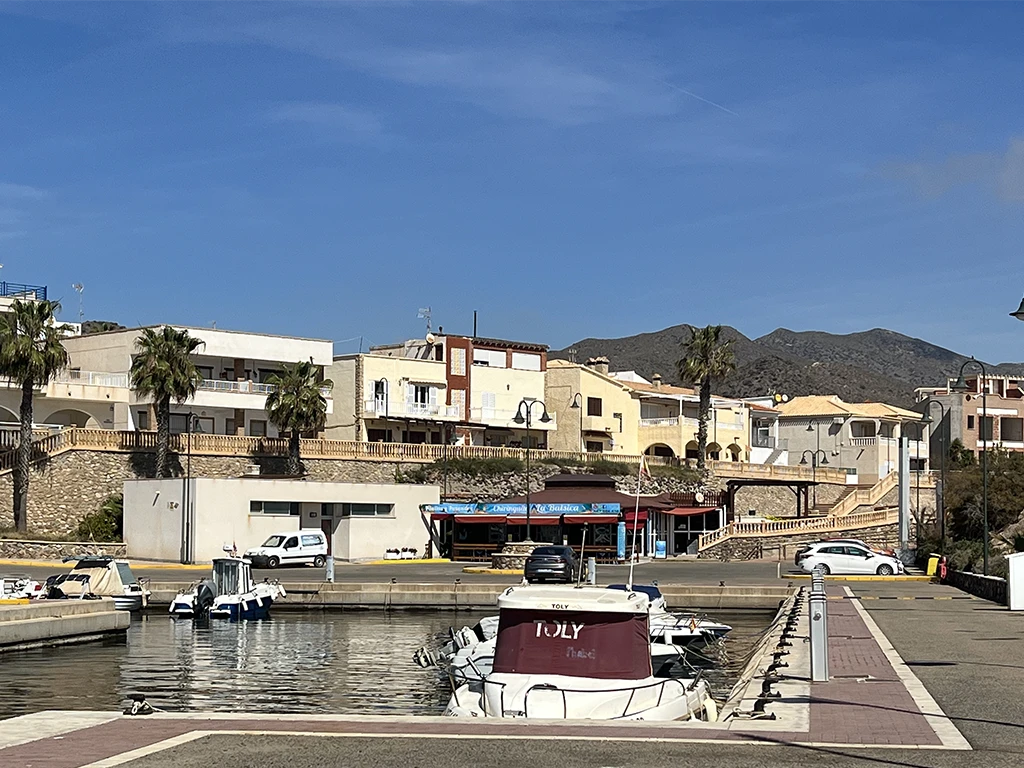
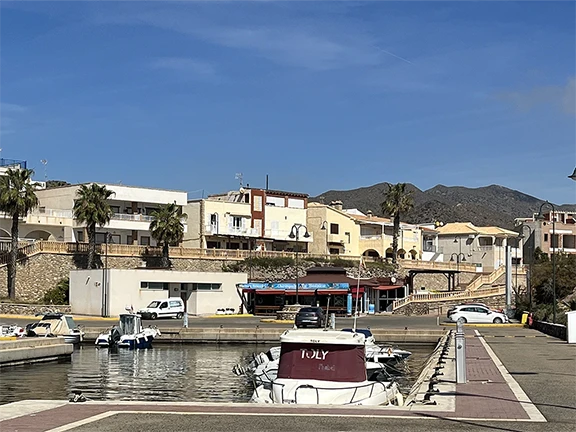
All good things come to an end, and the end came for Villaricos in the early 20th century when the mines became too expensive to operate. The village again resorted to being a fishing village.
Today Villaricos is rebranding itself as a tourist destination. The small, town beach is sandy although those to either side are black rocks and stones. The quartz veins in the soft, dark, micaceous schist, glitter between the waves. Villaricos has two small marinas, Puerto Balsica to the south of the village and Puerto Esperanza to the north.
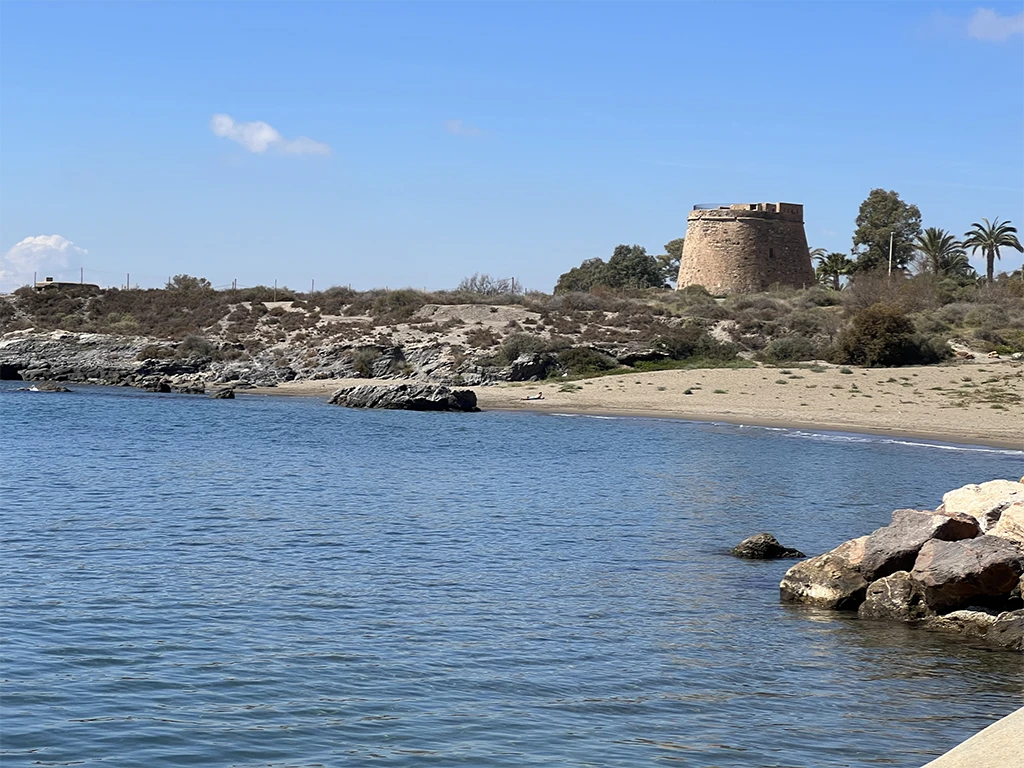
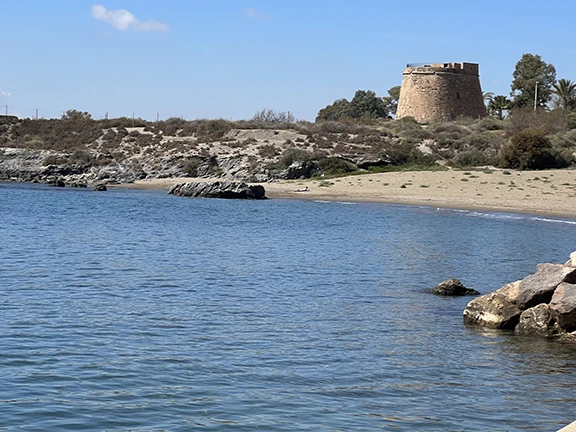
At the mouth of the Rio Almanzora, a horseshoe-shaped tower, Torre de Cristal or Cristal Tower, guards the southerly marina. Built between 1763 and 1772, during the reign of Charles III, it is a typical coastal defence installation. Originally the entrance was on the first floor, accessed by a rope ladder. The lower room was storage for the gunpowder and provisions. The gun emplacement on the roof carried two 24 pounder cannon. In the 19th century, the tower was garrisoned by the Carabineros Corps and after 1941 by the Guardia Civil. In the early 1990s the tower was restored and is now the tourist information office on the ground floor and a small display of photographs of the finds from Baria on the first floor. Access to the Baria archaeological site is through the tower.
What makes Villaricos special is its tranquility. A small square has a few restaurants, serving fish of course. There are a number of fishing cottages and some low rise apartments, a bar or two, a couple of local shops and a pharmacy and – peace. No noisy bars or discos, only the sound of the waves hitting the coast.